Lip Sync Submission using Paper Animation
I decided to complete my lip sync exercise using the paper-cut animation technique. Our prompt for the exercise was:
Can you remember a first time experience?
After recording the audio, I started creating rough keyframes for my character, blocking out her main poses and expressions.
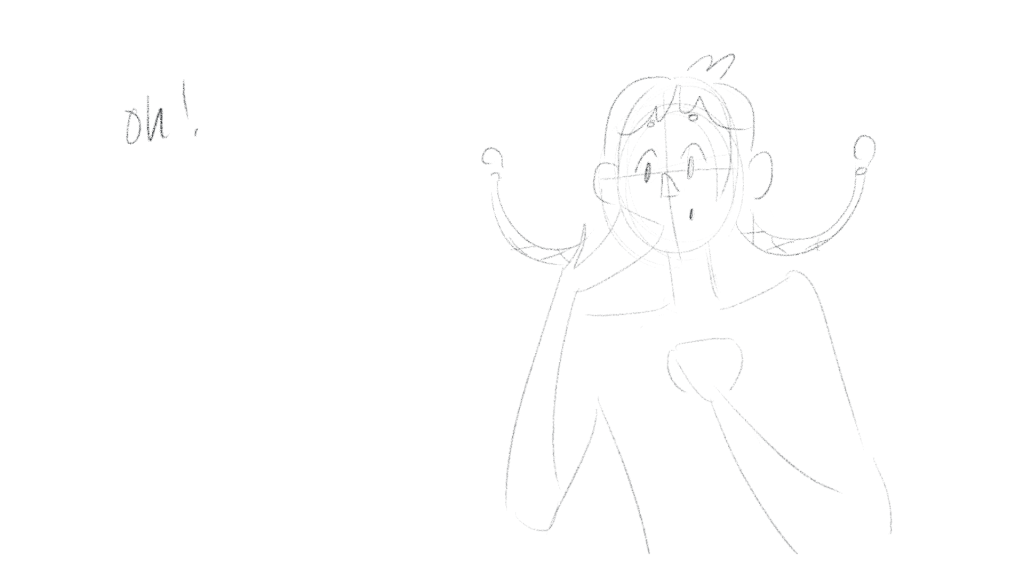
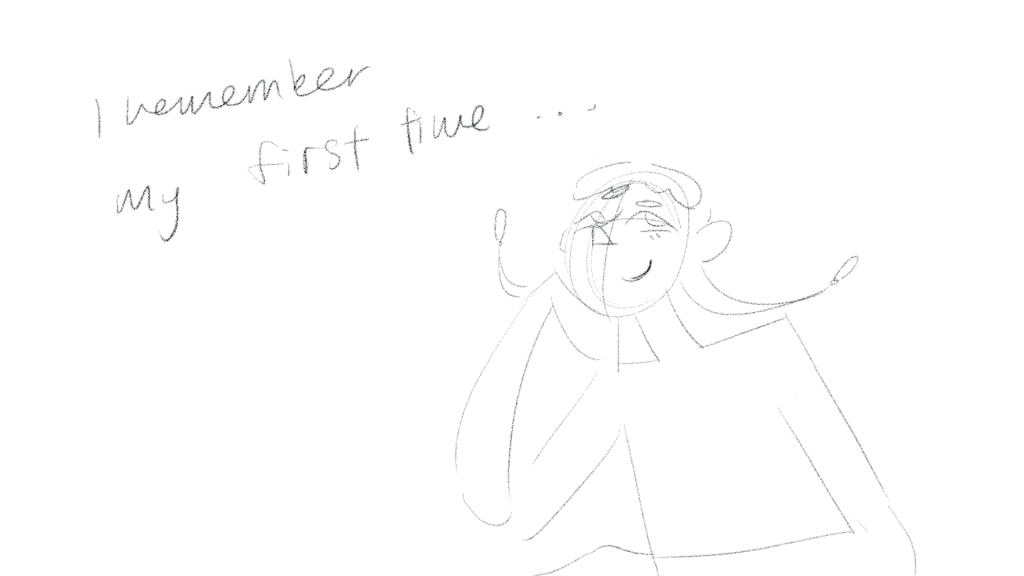
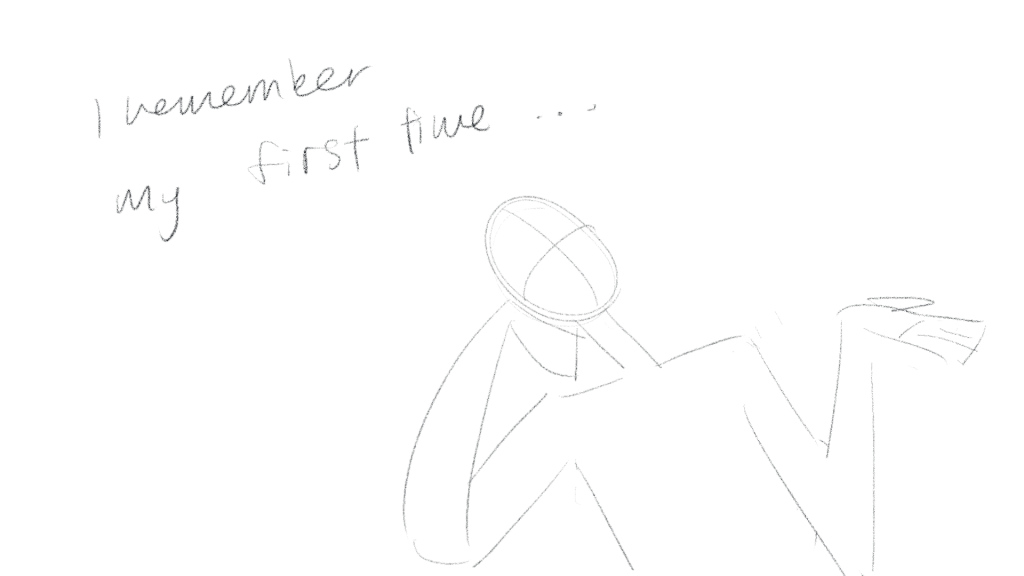

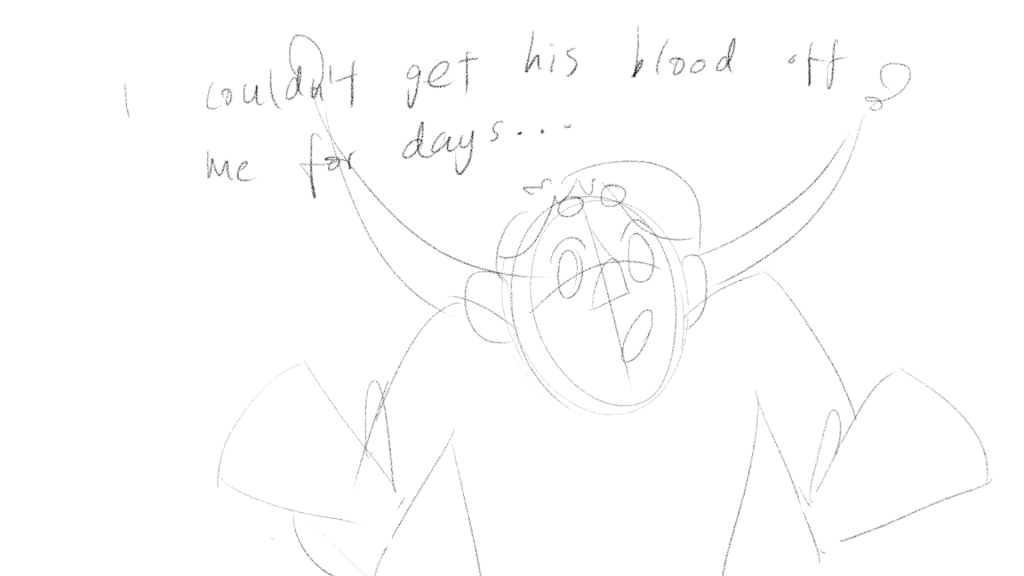

I first sketched out one of the keyframe poses on paper at scale, to better conceptualise the shapes and pieces I would need to cut out, and at what size. This acted as a baseline for the rest of the paper pieces, helping me visualise if I needed to cut out additional shapes, or if the existing pieces could simply be moved around or rotated to achieve the same effect.
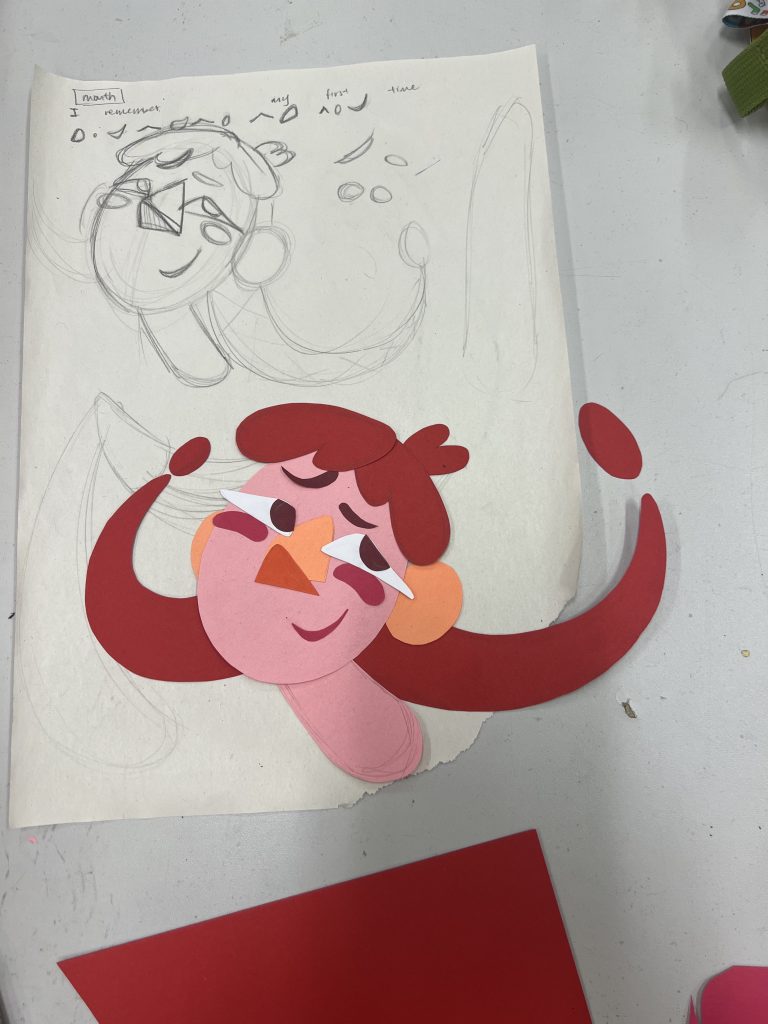
During the cutting process, I decided against giving her a body and use negative space instead, as I felt like it would allow me more flexibility with moving her head and limbs in relation to each other. I think this also added to the uncanny look I was aiming for with her arms and fingers, specifically to resemble an arachnid or insect.
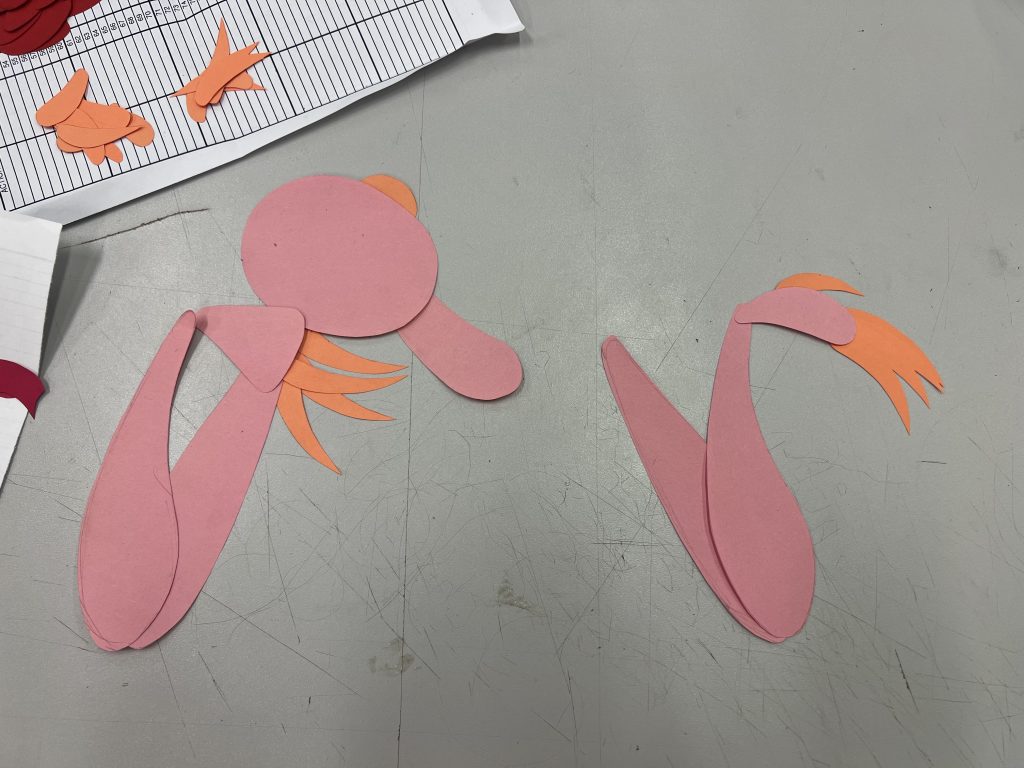
Although I had cut out several mouth shapes in preparation for the lip sync, I soon realised during filming that I only needed to use a few to achieve a convincing look. This will be useful in the future to avoid wasting time cutting out pieces of paper that ultimately won’t be needed.
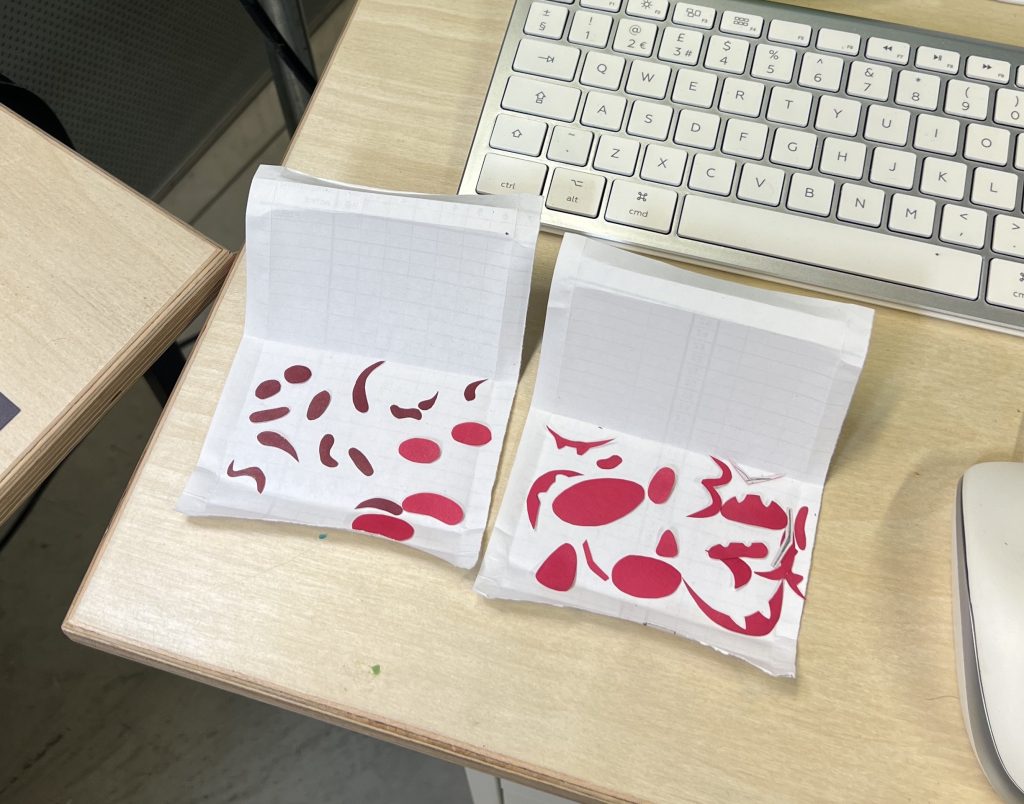
While the filming process felt very slow and time-consuming, I found it very rewarding at the end to see how much I’ve done in a day. In addition, because we were shooting straight-ahead, the overall process from idea to finalised animation was faster, discarding the need for clean-up and colouring steps as needed for 2D animations.
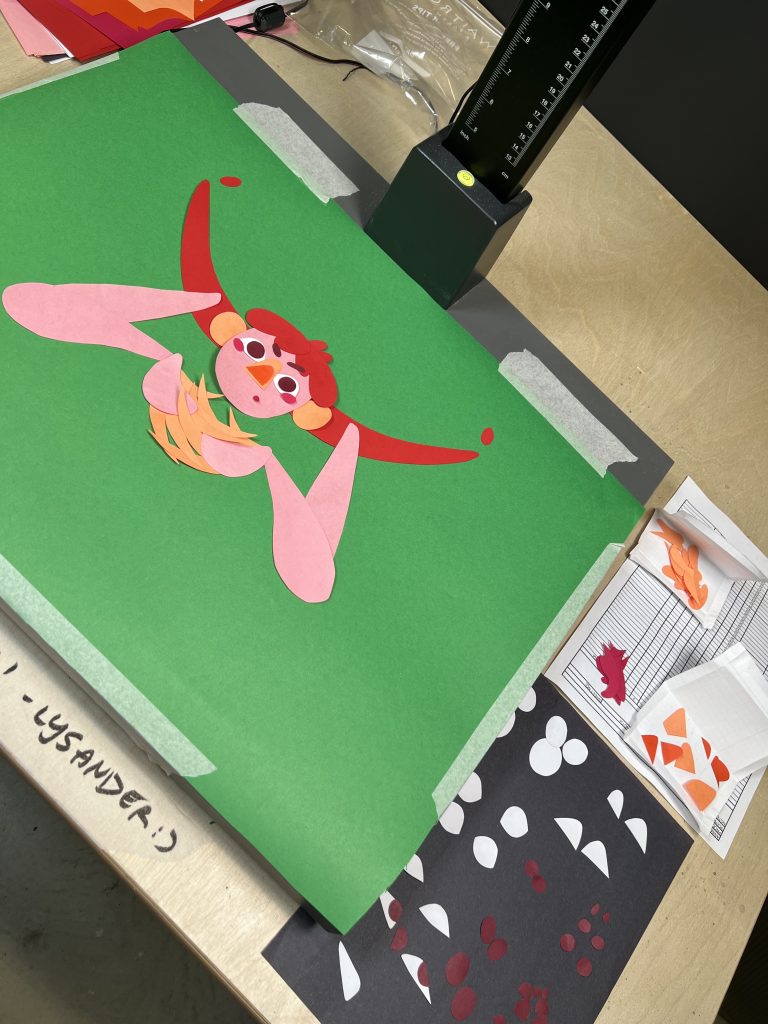
We also had a green screen compositing session, where we learned how to replace the background with an image of our choice. While this was very insightful, I wasn’t sure if I was a huge fan of how this looked with my papercut animation, as it felt like it further flattened the pieces, and made it look more digitalised. Because of this, in the future, I would prefer to create a background to shoot on instead of relying on post-production methods.
Overall, I thoroughly enjoyed the process of making this animation, and would like to further develop my abilities in this area. I found that the audio recording was very valuable in visualising the timing of the movements and pauses, which will be helpful to consider in future projects. I also hope to continue exploring paper cut as an animation medium, perhaps experimenting with adding more dimension and texture, such as through folding and drawing on the paper pieces, and using different materials including transparent coloured film and fabric.